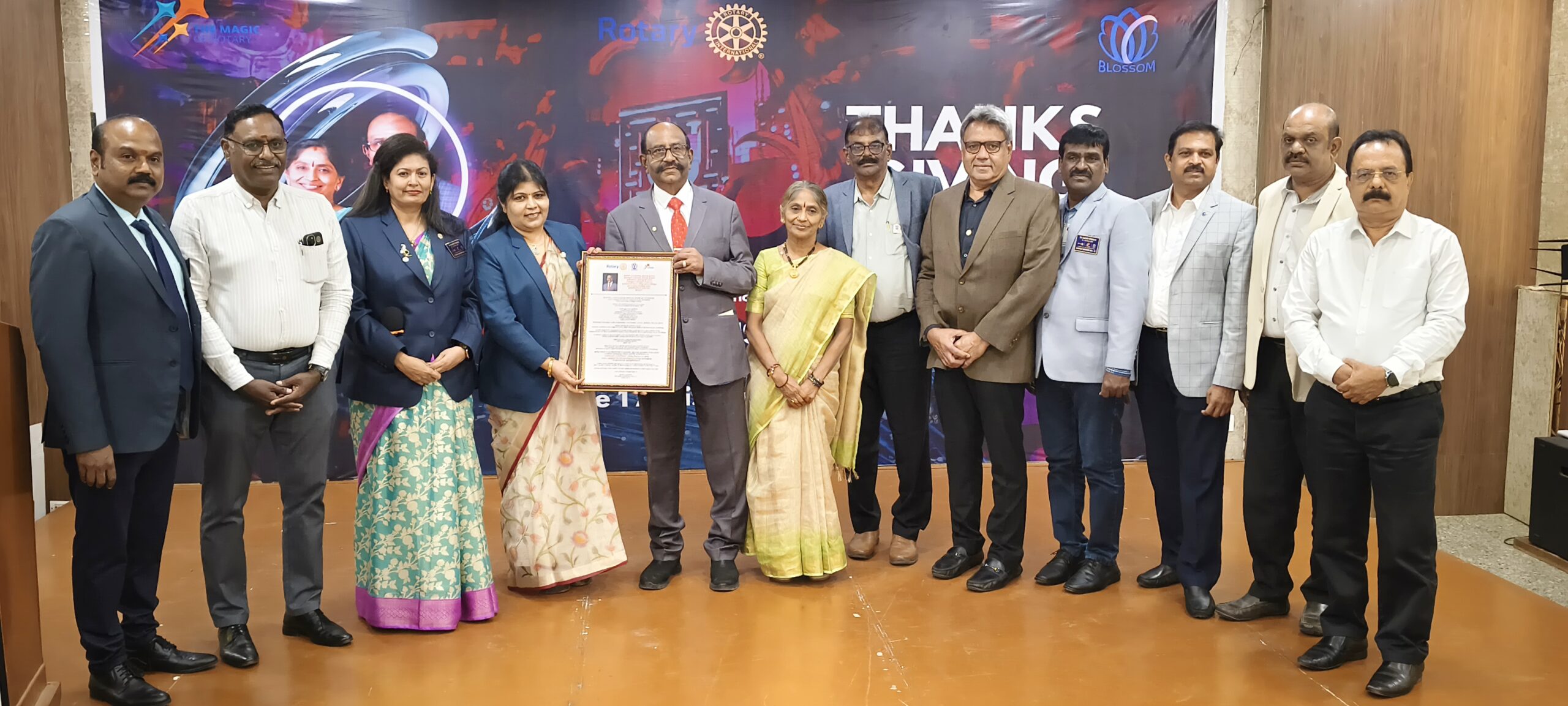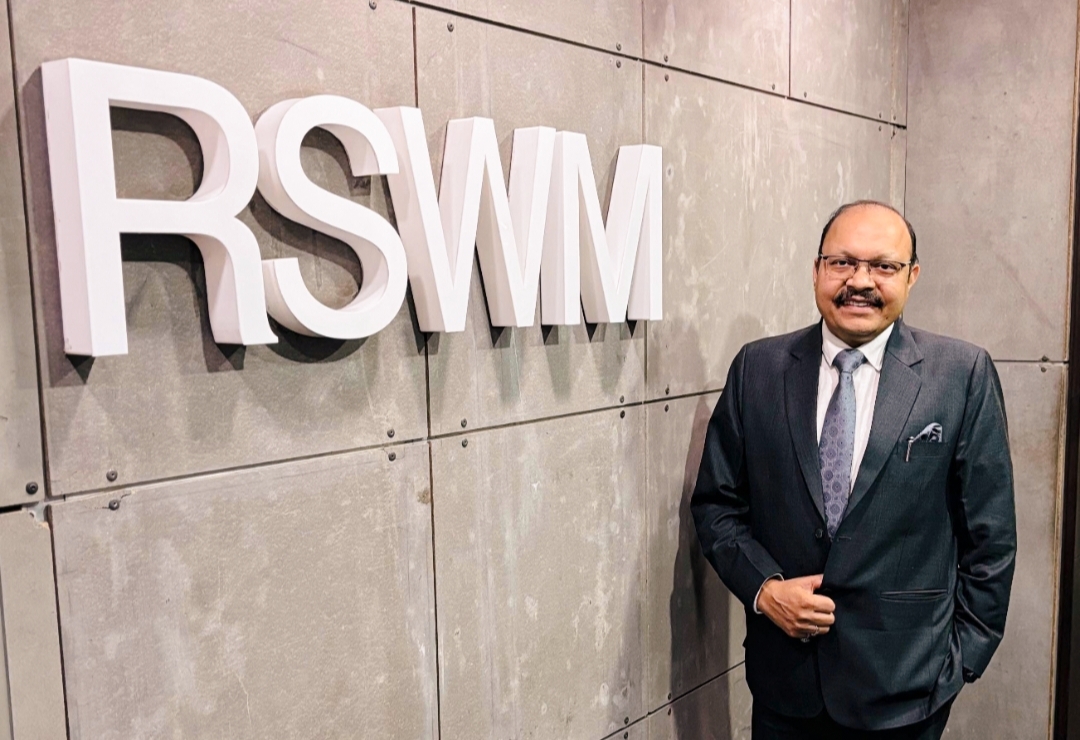Trending Now
- “If Edappadi Palaniswami permits, a thousand young members from the Virudhunagar district AIADMK are prepared to take up arms and engage in battle under my command.” – Former AIADMK Minister Rajendra Balaji
- “India is ready to deal with any counter-attack by Pakistan” – Wing Commander Vyomika Singh
- Central govt orders extension of CBI Director Praveen Sood’s tenure for another year
Coimbatore
NEERI out for ear to honking hazards
![]() June 21, 2017
June 21, 2017
The honking of vehicle horns can be irritating and also be cause for headaches and stress. But knowing all this, many do not follow rules.
Noise pollution has been listed as the third most hazardous pollution right after air and water as per the World Health Organisation. Despite the fact that there are restrictions and restricted areas, many do not follow the rules.
Under the Central Motor Vehicle Rules, 1989, the noise range for horns has been fixed between 93 decibels (dB) to 112 dB. The Government has a fixed certain limits for horns in certain areas.
“The Central Pollution Control Board of India in 2000 adopted The Noise Pollution (Regulation and Control) Rules allocating different zones and limits to it. The four zones are industrial, commercial, residential and silent. And all these have two day and night times. And each of these have different sound levels,” says M Malayandi, District Environmental Engineer, Coimbatore North.
As per the Board, there are noise limits under different zones.
Because of industrialisation and road infrastructure insufficient to meet the growing vehicle numbers, there is more of air and noise pollution. The effects of the latter are serious over the long term.
“The main issue in India is the traffic and people honk unnecessarily which adds to noise pollution. The board should asses, monitor and control and see if people are following the norms,” National Environmental Engineering Research Institute (NEERI) senior scientist Dr Ritesh Vijay.
The corporation should have some green belt like no honking zones and have in place authorities to enforce this.
The institute is going to create a noise mission for 27 cities of Maharashtra. And it is the first time they are creating noise limit for a whole city. This is expected to make clear which area is most prone to noise pollution and help take the next decision for its control.
“We need to monitor 24×7 to decide the noise range. Humans can hear only 20Hz to 20KHz. More than this will cause problems. We need to provide the awareness programme, else people will not be aware. Now anti-honking campaign is on in India. People should not honk unnecessarily. The media should take a lead and initiative to create awareness about the honking,” Ritesh added.
“We have not received any complaint regarding noise pollution till now. If we get we surely take action against them,” said. Complaints are not made because people are not generally aware about the rules.
“I get irritated whenever I hear the honking especially of those boat type horns of bus. They blow it continuously. Once you are trapped in a traffic jam, it is headache the whole day,” says Jayashree Devraj, a commuter. She admits she is not aware about the horn range or sound limits.
NEERI conducted workshops in 27cities and called municipal people, officials of pollution control board and NGOs.
“Actually you won’t believe the honking sound is more than the traffic sound. And where ever we conducted these workshops there was drastic reduction in the honking. We people know what is good and what is bad, though we don’t follow,” adds Ritesh.























